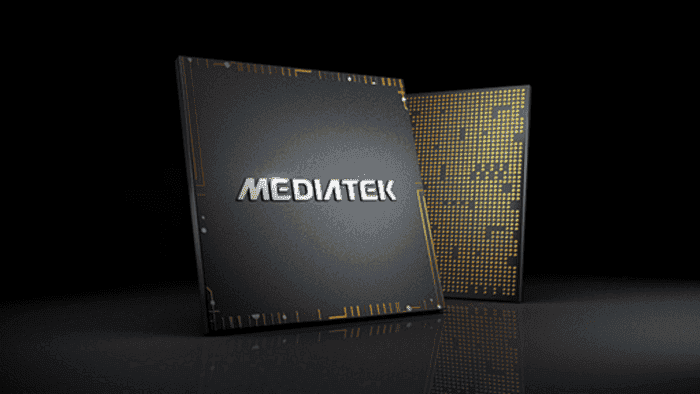Taiwanese chipmaker, MediaTek has always been in the shadows of Qualcomm, especially in the flagship chip market. However, since the launch of its 5G Dimensity series, we can safely say that the company is closing the gap. On paper, Dimensity chips are usually very promising. However, when it arrives on the market, it somehow remains behind Snapdragon chips. According to popular Weibo tech blogger @DCS, MediaTek Dimensity 9300 will adopt TSMC’s N4P process. This means that the high – end chip will miss the latest 3nm process.

Dimensity 9300 output
In comparison to the original 5nm tech, TSMC’s N4P output has increased by 11%. If this process is compared with the N4 process, the N4P process is 6% better. In addition, N4P reduces process complexity and shortens wafer cycle time by reducing mask count. Also, TSMC claims that the N4P process tech supports the easy transfer of 5nm process products. Furthermore, in addition to using the N4P process, the MediaTek Dimensity 9300 CPU part has super-large cores, large cores and small cores. The super-large core is Cortex X4, which only supports 64-bit programs.
In fact, the performance core of MediaTek Dimensity 9200 all supports 64-bit applications. Judging from the transformation of MediaTek and ARM, chip brands have relatively firm support for 64-bit. Both super – large cores and large – cores have cancelled support for 32-bit.

In addition, Dimensity 9300 is also expected to support mobile light pursuit. “Light chasing” can give mobile games a more realistic “soft shadow” effect. This will better reflect the real influence relationship and detail changes brought by the distance of the light source and the intensity of light on the shadow. With this, the shadow has a blur closer to the real world. And “ray tracing” can bring more realistic “mirror reflection” effects, such as mirrors on walls and reflections in puddles, etc.
Dimensity 9300 rumours
The MediaTek Dimensity 9300 is a high – end system – on – a -chip (SoC) designed for premium 5G mobile phones. It is built using the TSMC N4P (4 nm) process, which is expected to provide a huge output boost over its predecessor, the Dimensity 9200. The Dimensity 9300 features an octa – core CPU, as well as the latest IMG BXM-8-256 GPU. It also includes advanced Imagiq camera techs, powerful MiraVision video processing, and HyperEngine gaming enhancements. The chip is highly power – efficient, extending battery life even for demanding users. The Dimensity 9300 is expected to compete with other high-end SoCs, such as the Qualcomm Snapdragon 8 Gen 3, and is predicted to have a fighting chance against it in terms of output.

According to many sources, the MediaTek Dimensity 9300 will launch in the second half of 2023. Specifically, there are reports that this chip will likely arrive in October 2023. The Dimensity 9300 is expected to compete with Qualcomm‘s Snapdragon 8 Gen 3. However, since there is very little info about the chip, for now, we can’t tell how it will compare to the SD8 Gen3.
However, we already know that the Dimensity 9200+ is giving massive blows to the Snapdragon 8 Gen 2 in GPU output. For starters, both the SD8 Gen3 and Dimensity 9300 will likely use the same TSMC N4P node. For now, only the Bionic A17 chip from Apple will use the 3nm manufacturing process this year. Thus, all the Android chip makers will be stuck with TSMC 4nm process.
Final Words
At the moment, there is not enough info to make strong statements about the Dimensity 9300 SoC. However, popular Weibo tech blogger @DCS predicts a huge upgrade in the GPU part. Until we have more info, we will have to keep our fingers crossed. As we said earlier, Dimensity chips are usually very good on paper. However, when they hit the market, the traffic is still poor.





